As the morning sun rises over the Lingayen Gulf, casting a golden glow across stretches of gray-white sand, Pangasinan reveals itself as one of the Philippines’ most underappreciated treasures. This coastal province in Western Luzon, whose name derives from the word “panag-asinan” meaning “where salt is made,” offers visitors a compelling blend of natural wonders, historical significance, and cultural richness that deserves far more attention than it typically receives.
Pangasinan’s geography tells a story of diversity, stretching from the fertile plains of its interior to a coastline punctuated by the famous Hundred Islands National Park. This archaeological marvel comprises 124 mushroom-shaped islands scattered across the waters of Alaminos City, each one a testament to the region’s geological history dating back millions of years. The islands, formed by ancient coral reefs that emerged as sea levels dropped, now stand as silent sentinels, their limestone facades weathered by time and tide.
Visitors to the Hundred Islands typically begin their journey at the Lucap Wharf, where bangka boats await to ferry tourists through this natural wonderland. Governor’s Island, one of the most developed, offers a panoramic view of the archipelago from its viewpoint, reached by climbing 123 steps—a challenging but rewarding ascent. Quezon Island, another popular stop, provides pristine beaches perfect for swimming and snorkeling, where schools of tropical fish dart through crystal-clear waters.
Beyond the archipelago, Pangasinan’s coastline continues to impress with beaches that rival more famous Philippine destinations. The Lingayen Beach, stretching along the provincial capital, offers a different kind of coastal experience. Here, the sand takes on a distinctive grayish hue, and the waters are typically calmer than those found in other parts of the province. Local families gather here during weekends, creating a lively atmosphere that provides visitors with an authentic glimpse into Filipino beach culture.
Moving inland, the province reveals its agricultural heart. Vast rice fields stretch toward the horizon, their emerald expanse broken only by scattered nipa huts and carabao wallowing in muddy pools. These scenes, particularly stunning during the planting season, represent the agricultural foundation that has sustained Pangasinan’s people for generations. The province’s fertile soil and favorable climate make it one of the Philippines’ major rice-producing regions, earning it the nickname “Rice Bowl of the North.”
In the city of Dagupan, famous for its bangus (milkfish) industry, visitors can experience another facet of Pangasinan’s identity. The city’s bustling fish markets come alive in the early morning hours as vendors display their fresh catch, including the prized bangus that has become synonymous with the region. Local restaurants serve this delicacy in various ways, from the traditional fried bangus to more innovative preparations that showcase the versatility of this sustainable food source.
The province’s culinary heritage extends beyond seafood. Pangasinan’s signature dishes include pigar-pigar, a local version of beef tapa served with onions, and Calasiao puto, small steamed rice cakes that have achieved national recognition for their unique texture and subtle sweetness. Street food enthusiasts will find joy in exploring the local markets, where vendors offer an array of traditional snacks and delicacies that reflect the region’s agricultural abundance.
Cultural heritage sites dot the province, telling stories of its rich history. The Capitol Building in Lingayen, a stunning example of colonial architecture, stands as a testament to the region’s role in Philippine history. During World War II, General Douglas MacArthur made his historic return to the Philippines through Lingayen Gulf, marking a crucial turning point in the Pacific Theater. Today, a monument on Lingayen Beach commemorates this significant event.
Religious architecture also plays a prominent role in Pangasinan’s cultural landscape. The Minor Basilica of Our Lady of the Rosary of Manaoag, commonly known as Manaoag Church, draws pilgrims from across the country. This baroque church, dating back to the 17th century, houses a statue of the Virgin Mary that is believed to possess miraculous powers. The church’s importance in Philippine Catholicism has made it a major pilgrimage site, particularly during Holy Week and other religious festivals.
For those seeking adventure, Pangasinan offers numerous opportunities for outdoor activities. The Antong Falls in Sison provides a refreshing escape from the coastal heat, with its multi-tiered waterfalls surrounded by lush vegetation. The more adventurous can explore the Cacupangan Cave System in Mabini, where underground rivers have carved intricate passages through limestone rock over millennia.
The province’s commitment to environmental conservation is evident in various initiatives, including the Mangrove Forest Conservation Area in Basing. This protected area not only serves as a crucial ecosystem for marine life but also helps protect the coastline from erosion and storm surges. Visitors can walk through elevated pathways among the mangroves, learning about these vital coastal guardians while observing the diverse wildlife they harbor.
Accessibility has improved significantly in recent years, with well-maintained highways connecting Pangasinan to Manila and other major cities. The completion of the Tarlac-Pangasinan-La Union Expressway (TPLEX) has reduced travel time considerably, making the province more accessible to weekend visitors from the capital region. This improved connectivity has led to a steady increase in tourism, though the province still maintains much of its authentic charm.
As sunset approaches, particularly along the western coast, Pangasinan reveals perhaps its most captivating aspect. The sky transforms into a canvas of orange, pink, and purple hues, reflected in the calm waters of the Lingayen Gulf. Local fishermen return with their catches, their boats silhouetted against the dying light, creating scenes that have remained largely unchanged for generations.
The preservation of traditional industries alongside modern development creates an interesting dynamic in Pangasinan. Salt-making, the activity that gave the province its name, continues in coastal areas, though on a smaller scale than in previous generations. Watching salt farmers tend to their evaporation pools offers insight into this ancient practice that remains vital to the local economy.
Pangasinan’s appeal lies not just in its natural beauty or historical significance, but in the way it has maintained its authentic character while adapting to contemporary times. Unlike more commercialized destinations, the province offers visitors a chance to experience Philippine culture and hospitality in its most genuine form. Whether exploring the Hundred Islands, paying respects at Manaoag Church, or simply enjoying a meal of fresh bangus by the sea, visitors to Pangasinan find themselves immersed in a place where tradition and progress coexist harmoniously.
As tourism in the Philippines continues to evolve, Pangasinan stands poised to emerge as a premier destination for those seeking experiences beyond the usual tourist trails. Its combination of natural wonders, cultural heritage, and culinary traditions, coupled with the warmth of its people, makes it a destination worthy of any traveler’s itinerary. For those willing to venture beyond the more familiar Philippine destinations, Pangasinan offers rewards that remain authentically Filipino, unspoiled by mass tourism, and rich in experiences that linger long after the journey ends.
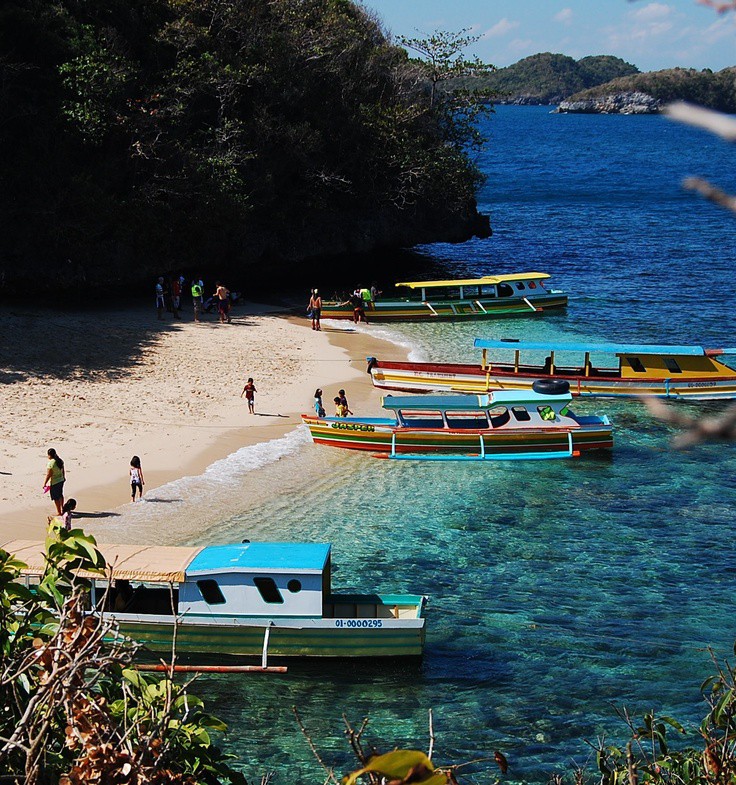
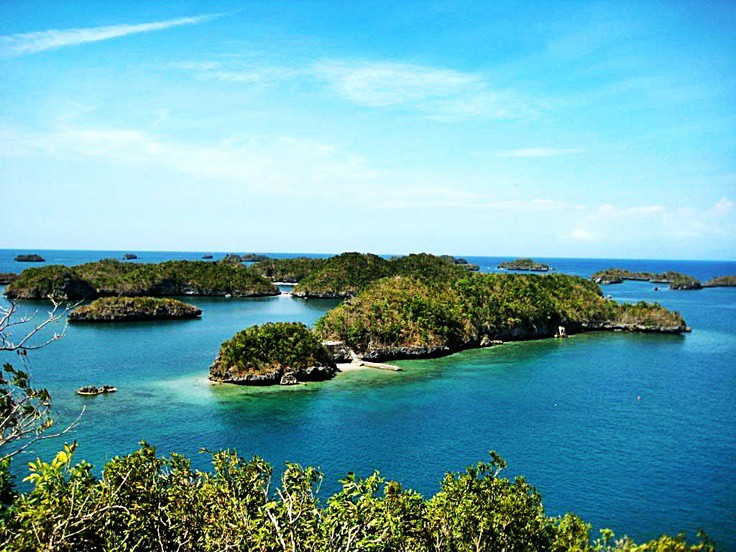
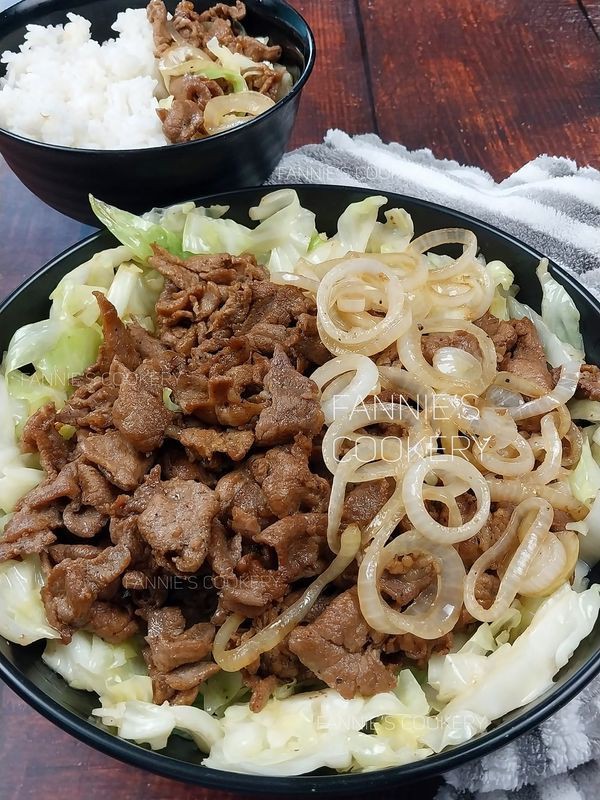
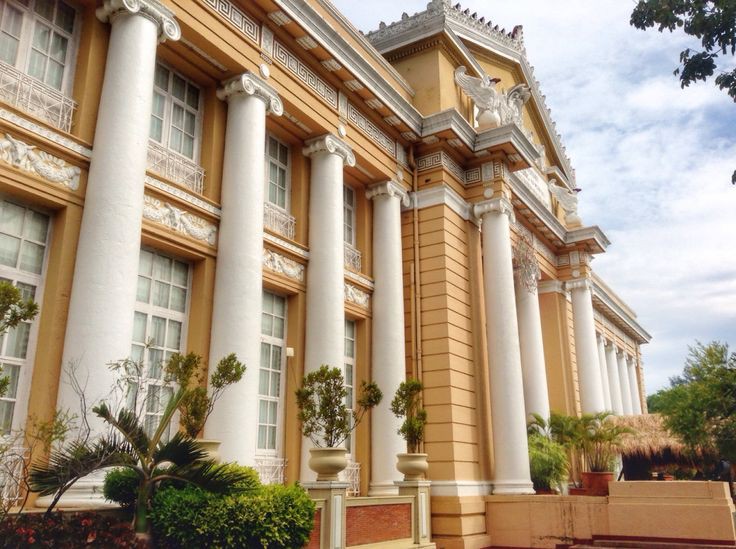



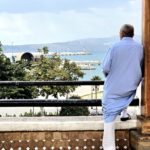
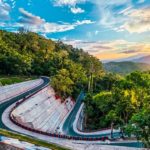

Leave a Reply